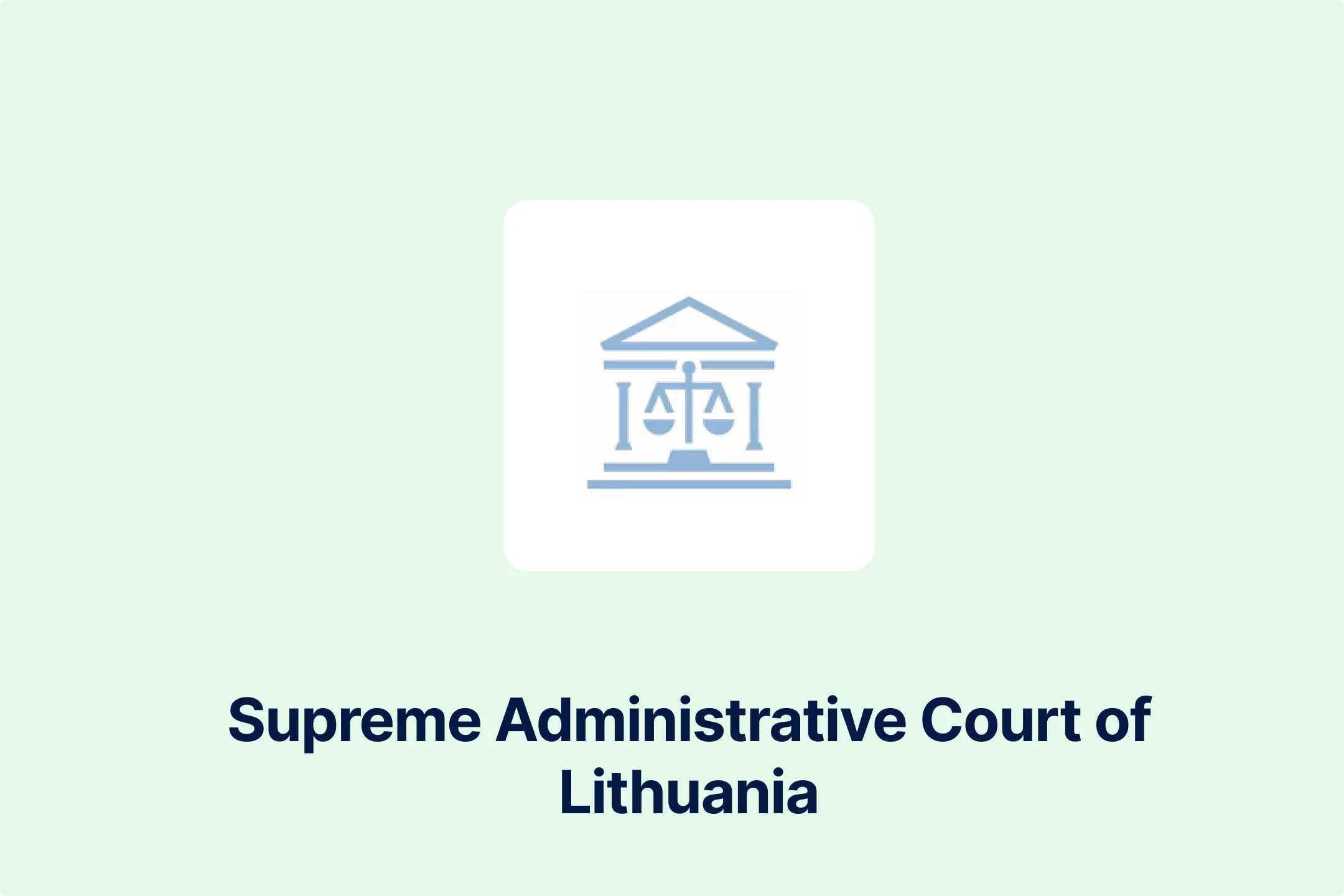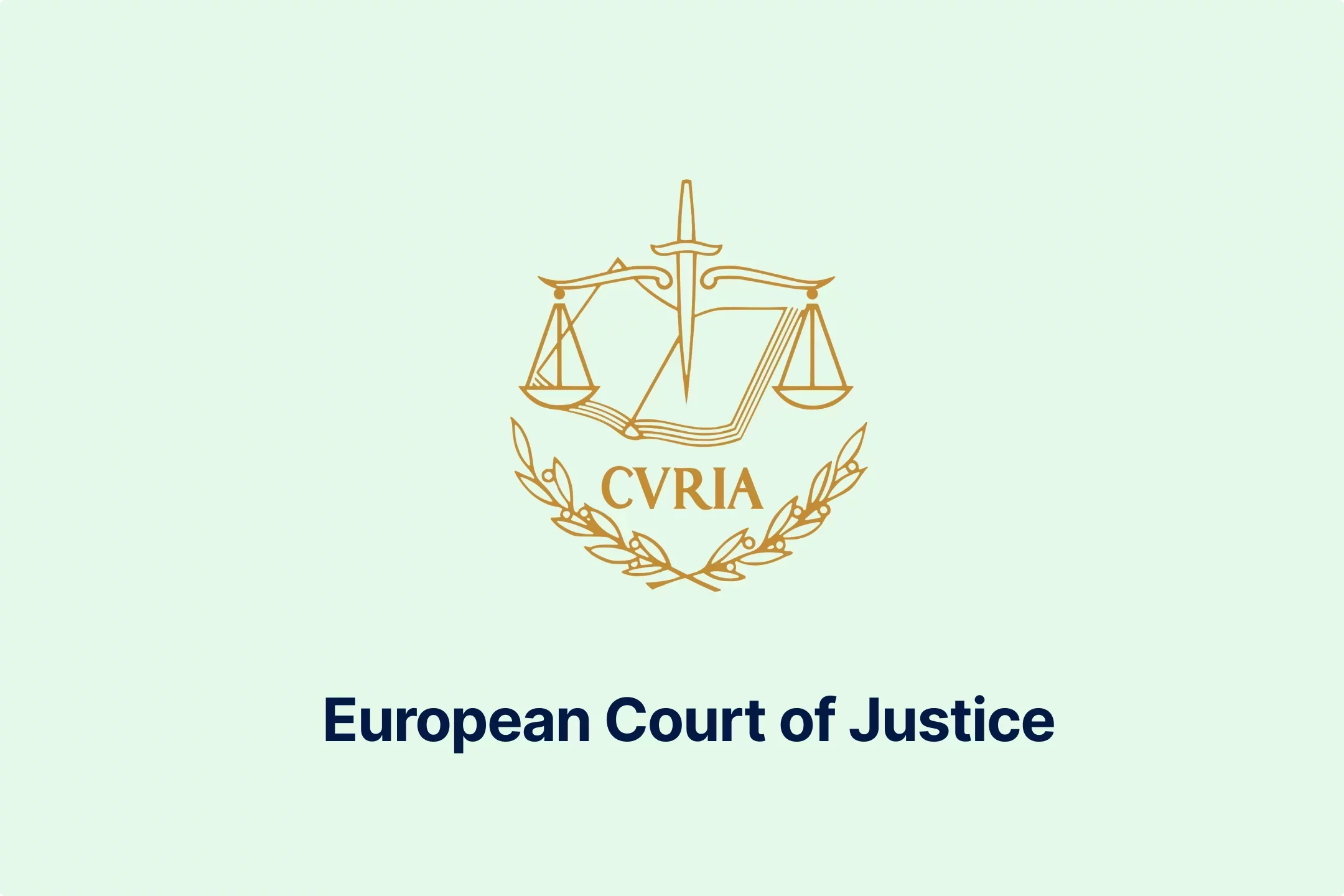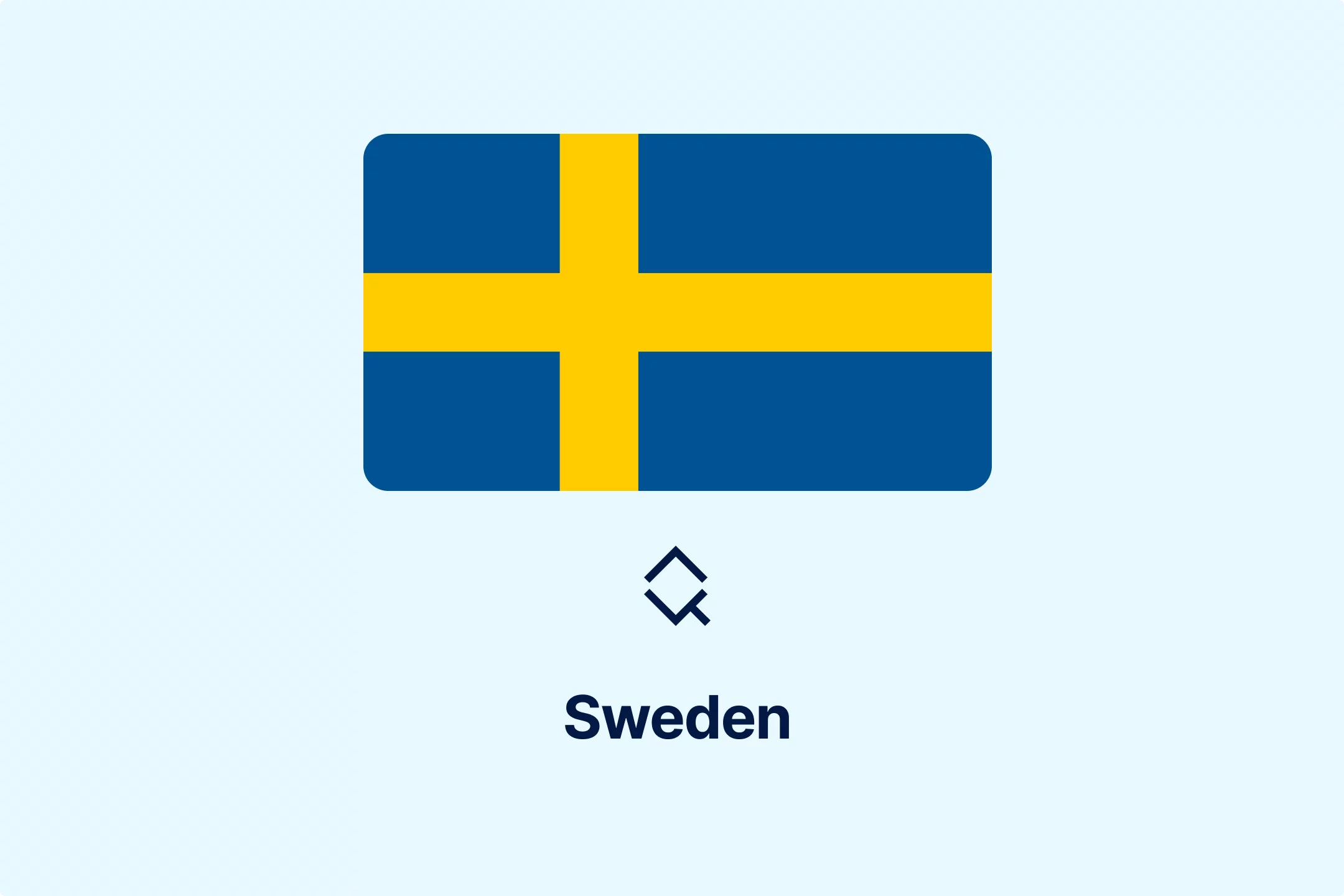VAT and the June 2025 Ruling: What Energy Users Need to Know

🎧 ¿Prefieres escuchar?
Obtenga la versión de audio de este artículo y manténgase informado sin necesidad de leer: perfecto para realizar varias tareas a la vez o aprender sobre la marcha.
Keeping up with Indirect Tax Compliance takes work, especially when the rules seem to change overnight. If you have ever wondered why your electricity bill sometimes has extra charges, or worried about missing out on refunds, you are not alone. The June 2025 EU ruling changed the rules for everyone, making it clear that Member States can only add extra charges to electricity in very specific cases. This offers stronger rules for protection, helps keep bills fair, and gives back more refund rights to consumers.
This topic matters because electricity bills hit every home and business. The new laws now offer a clearer and safer landscape for people who want to avoid unfair fees and get the refunds they are owed. For both business owners and everyday families, these changes shape how VAT is calculated and who can claim refunds when mistakes happen. According to the European Commission, these updated rules mean added energy charges are only allowed in strict cases, giving consumers more control over their money and peace of mind about indirect taxes EU confirms protections for energy consumers.
In this article, you will learn what the June 2025 ruling means for VAT and indirect tax compliance, how your electricity bill could change, what rights you now have as a consumer, how to check if you have been charged unfairly, and simple ways to claim a VAT refund if needed. With this guide, you will know exactly where you stand and what steps to take next.
1. Understanding VAT and Its Role in Energy Billing
VAT, or Value Added Tax, is a tax applied to most goods and services in the EU, including electricity. For energy users, VAT usually appears as a separate line on the bill, calculated as a set percentage of the final price. But what often trips people up is how VAT interacts with any “extra” charges—surcharges, service fees, or government-levied add-ons.
The key takeaway: VAT applies to these additional charges, not just the base cost of electricity. That is why understanding your bill’s breakdown matters for indirect tax compliance. When providers slip in extra surcharges, VAT rules still apply, and that is where things can get complicated or controversial. Our team at VATabout knows that these hidden extras used to cause confusion for families and businesses alike.
For more on the importance of compliance practices and frameworks in indirect tax, see our guide on building an indirect tax control framework.
2. The June 2025 Ruling: Strict Limits on Extra Electricity Charges
The June 2025 EU ruling is a turning point. It confirms that Member States can only add extra charges to electricity in very specific situations. No more random “administrative” or “network” add-ons unless the criteria are crystal clear and meet EU legal standards.
Here is the bottom line:
Only strictly regulated charges are allowed.
Governments must prove that extra charges match the exceptions set out by EU laws.
Any unclear or blanket fees are now off the table and can be challenged.
This is a big step toward making energy costs fair for everyone. It also forces energy providers across the EU to be more transparent and accountable EU confirms new limits on energy surcharges.
3. Consumer Rights and Extended Refund Entitlements
The ruling does not just protect against unfair charges—it gives you more refund rights too. If you have paid unlawful or misapplied energy charges since the ruling, you now have a direct path to claim a refund. The rules are on your side, even if the overcharge happened before you spotted it.
How to take action:
Keep all your electricity bills and payment records.
If you spot an unauthorized surcharge, contact your supplier and ask for a formal breakdown.
File a refund claim directly with your supplier or, if needed, with the national regulator.
We recently helped a VATabout customer get a refund for a “capacity fee” added to their bill. They simply brought us their billing history, and after a short review, we guided them through the process successfully.
4. What This Means for Electricity Pricing and VAT Going Forward
With these new rules, electricity pricing will get a shake-up, both for households and businesses. Energy companies will have to double-check every line item to make sure only legal surcharges make it onto your final bill. This, in turn, means VAT calculations will become more uniform and fair.
What does this mean for you?
Fewer mystery charges on your monthly bills.
Easier ways to check compliance with indirect tax regulations.
SMEs and energy-using businesses can project costs with more confidence.
For large companies, getting ahead on indirect tax compliance can mean saving serious money. Reviewing your current contracts and bill structures now is a smart move.
If you want to understand more about VAT compliance specifically for energy infrastructure, including charging stations, check out our detailed resource on VAT compliance for charging infrastructure.
5. How to Ensure Compliance and Resolve Disputes
Now is the time to get proactive about your energy bills. Examine each monthly statement for new surcharges or unclear line items. If you see something that does not match the new legal framework, question it right away.
Simple steps to stay protected:
Compare your current bill to old statements. Are there any new or unexplained add-ons?
Ask your provider to give a written explanation for any extra charges.
Submit documentation if you want to challenge a surcharge or request a VAT refund.
If your energy company refuses to cooperate, reach out to your national consumer protection agency or relevant EU energy regulator. Resources like the official Commission update on energy charge limits can guide your next steps and make your case stronger.
Below is a quick table showing what to look for on your next bill:
Charge Type | Is It Still Allowed? | VAT Applies? | Action If Unclear |
|---|---|---|---|
Standard supply charge | Yes | Yes | No action needed |
Regulated government fee | Sometimes | Yes | Ask for legal reference |
"Miscellaneous" surcharge | Rarely | Yes | Challenge or dispute |
Network maintenance | Only if justified | Yes | Request full breakdown |
6. Stay Updated and Informed
Staying informed about changes to indirect tax compliance is now more important than ever. The rules have changed, but more adjustments are likely as Member States respond to the Commission’s decision. At VATabout, we recommend:
Signing up for updates from your energy supplier or relevant regulators.
Bookmarking resources like the official EU energy news page to catch new regulations early.
Setting calendar reminders to review your billing statements and VAT calculations each quarter.
The good news? By following these steps, you take control over your energy costs and make sure you never overpay for VAT or unjustified surcharges.
Final Thoughts
The June 2025 ruling gives everyone more control over energy bills and VAT costs.
By keeping a close eye on your bills and knowing your rights, you can spot unfair charges fast and make sure you follow the latest indirect tax compliance rules. This approach helps you avoid overpaying and makes dealing with energy costs less stressful.

Información destacada

VAT and the June 2025 Ruling: What Energy Users Need to Know
🕝 June 26, 2025
Caso Luxury Trust Automobil TJCE: operaciones triangulares intracomunitarias y normas del IVA
🕝 June 18, 2025
Cómo afectan a las empresas los cambios en los umbrales de registro | Cumplimiento del IVA, el impuesto sobre bienes y servicios y el impuesto sobre las ventas
🕝 May 30, 2025Factores clave a tener en cuenta al externalizar el cumplimiento de la fiscalidad indirecta en la economía digital
🕝 May 22, 2025Más noticias de Europa
Reciba actualizaciones y novedades en tiempo real de todo el mundo, para mantenerse informado y preparado.


-o7f4ogsy06.webp)
-zjja92wdje.webp)
-hrbhdts8ry.webp)
-qtdkwpgkug.webp)


-cf8ccgah0p.webp)
-0em3cif5s6.webp)





-ptzesl0kij.webp)

-tfzv42pyms.webp)






-uodv7sfbih.webp)
-bbrdfmm9qf.webp)



-m2tl8crfqr.webp)




-1awbqjgpjs.webp)
-avbjsn1k1g.webp)


-0h8ohkx6s0.webp)



-wfmqhtc7i6.webp)
-7wljbof2zo.webp)

-eqt97uyekl.webp)
-wzw9mcf563.webp)

-z4oxr6i0zd.webp)




-l0zcrrzvhb.webp)
-fhtic1pwml.webp)

-iipdguuz9p.webp)
-nkhhwrnggm.webp)
-pltqwerr3w.webp)

-nn6mtfbneq.webp)

-tmnklelfku.webp)



-8z1msbdibu.webp)
-7g16lgggrv.webp)



-lxcwgtzitc.webp)
-9mc55kqwtx.webp)


-xla7j3cxwz.webp)
-jrdryw2eil.webp)






-t9qr49xs2u.webp)


-qjopq5jplv.webp)



-vune1zdqex.webp)

-qsozqjwle2.webp)
-rgjta7iwiv.webp)

-zb6bxxws47.webp)
-lyfjzw4okp.webp)

-ogpfmol5m1.png)


-czisebympl.png)

-zetvivc79v.png)
-ud7ylvkade.png)
-qizq6w2v5z.png)







-ihr6b4mpo1.webp)
-k1j4au0ph6.webp)
-swxxcatugi.webp)


-ig9tutqopw.webp)

-tauoa6ziym.webp)

-spr0wydvvg.webp)

-xfuognajem.webp)





-u2nv5luoqc.webp)








-opuxpan2iu.webp)




-kwttsfd8ow.webp)
-8u14qi10nj.webp)

-wjpr96aq5g.webp)

.png)

.png)


.png)


.png)



.png)
.png)
.png)
.png)
.png)

.png)
.png)




.png)
.png)




































































































































